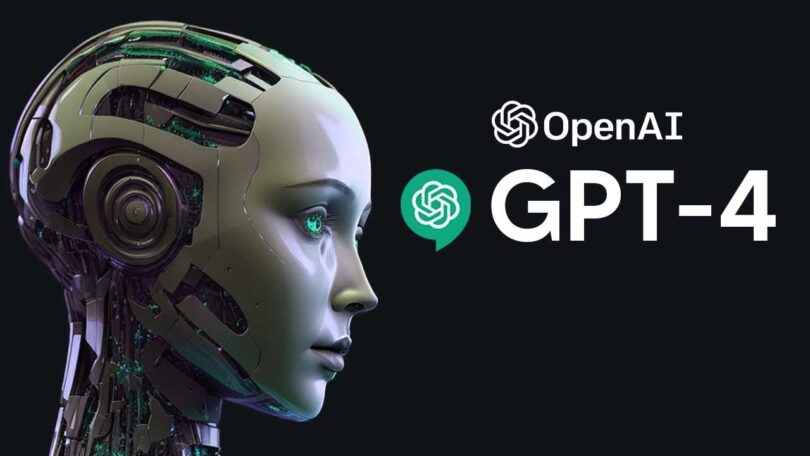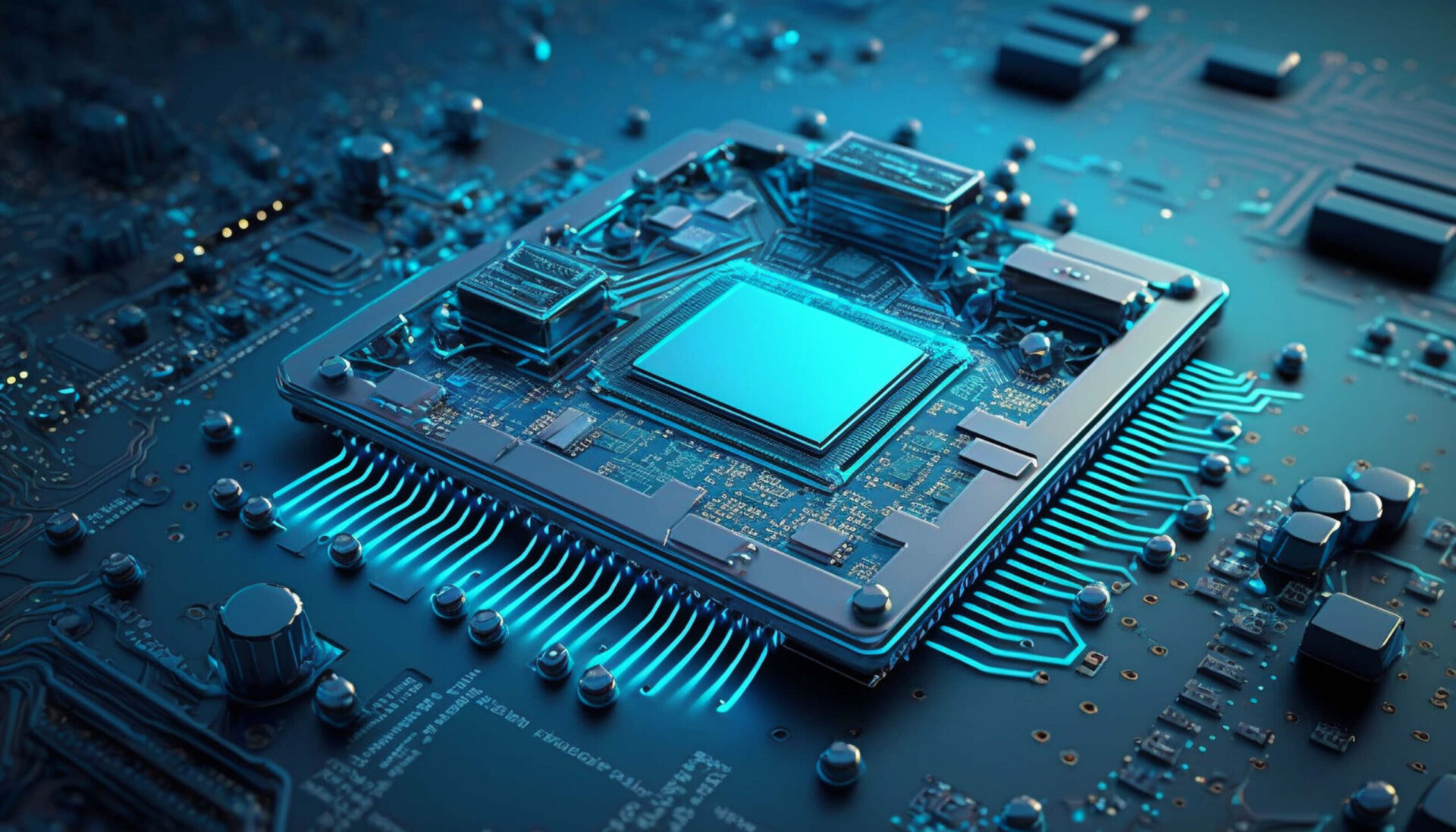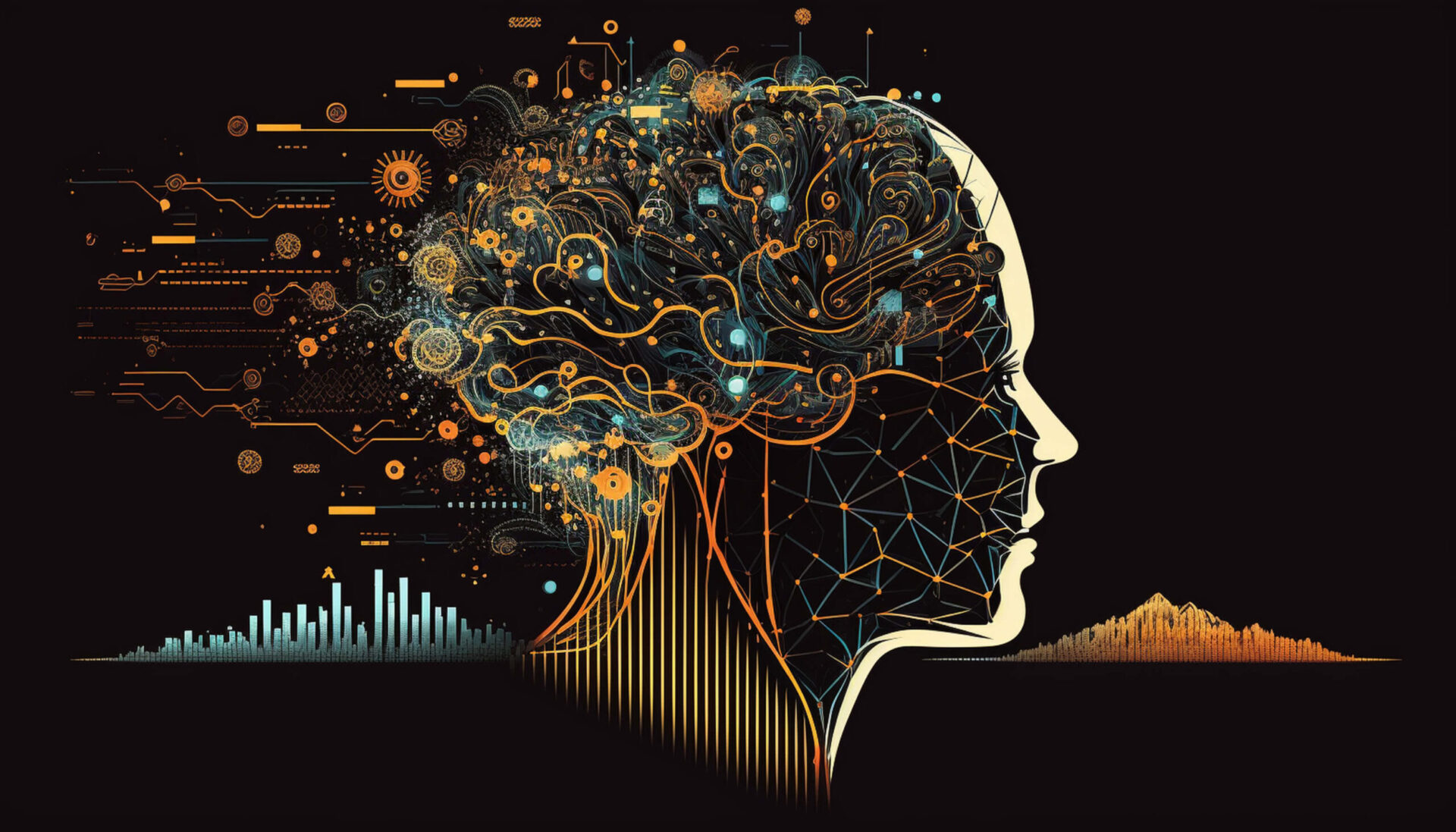Artificial Intelligence (AI) and Machine Learning (ML) are transforming various industries and becoming an integral part of our lives. The rapid advancements in AI and ML technologies have sparked curiosity about their future and the emerging trends and predictions that will shape the field. In this article, we will explore the exciting possibilities and potential impact of AI and ML in the coming years.
Introduction
AI and ML are branches of computer science that focus on creating intelligent machines capable of performing tasks that typically require human intelligence. They have gained significant attention due to their ability to analyze vast amounts of data, learn from patterns, and make data-driven predictions. As AI and ML continue to evolve, new trends are emerging, shaping their future and opening up opportunities for various applications.
Definition of AI and ML
Before diving into the future of AI and ML, let's clarify their definitions. Artificial Intelligence refers to the development of computer systems that can perform tasks that usually require human intelligence, such as visual perception, speech recognition, decision-making, and problem-solving. On the other hand, Machine Learning is a subset of AI that focuses on algorithms and statistical models that enable computers to learn and improve from experience without being explicitly programmed.
Current State of AI and ML
To understand the future of AI and ML, it's essential to acknowledge their current state. AI and ML technologies are already prevalent in many areas, including virtual assistants, recommendation systems, autonomous vehicles, fraud detection, and medical diagnosis. The current applications demonstrate the potential of AI and ML, but there is still room for growth and improvement.
Emerging Trends in AI and ML
Trend 1: Explainable AI
Explainable AI aims to develop AI systems that can explain their decision-making processes in a transparent and understandable manner. This trend addresses the "black box" issue, where AI models make complex decisions without providing clear explanations. Explainable AI has crucial implications for critical domains such as healthcare, finance, and legal systems, where interpretability is crucial for trust and accountability.
Trend 2: Federated Learning
Federated Learning is an approach that enables training machine learning models across multiple devices or servers without exchanging raw data. Instead, the models are trained locally on individual devices while maintaining privacy and data security. Federated Learning has the potential to revolutionize data privacy and accelerate advancements in AI by leveraging the power of distributed computing.
Trend 3: Edge Computing
Edge Computing involves processing data near the source, on the edge of the network, rather than relying solely on centralized cloud servers. This trend reduces latency, enhances real-time decision-making, and minimizes the need for continuous internet connectivity. With the growth of Internet of Things (IoT) devices and the need for quick responses, edge computing is expected to play a vital role in the future of AI and ML.
Trend 4: AI and ML in Healthcare
The healthcare industry is increasingly adopting AI and ML technologies to improve diagnostics, personalized medicine, drug discovery, and patient care. AI-powered systems can analyze medical records, image data, and genetic information to assist in diagnosis, recommend treatment plans, and predict disease outcomes. The integration of AI and ML in healthcare has the potential to revolutionize the industry, leading to more accurate diagnoses and better patient outcomes.
Trend 5: Natural Language Processing
Natural Language Processing (NLP) focuses on enabling computers to understand, interpret, and generate human language. NLP techniques are driving advancements in chatbots, voice assistants, language translation, sentiment analysis, and text generation. As NLP technologies become more sophisticated, they will continue to enhance human-computer interactions and automate language-related tasks.
Prediction 1: AI Integration in Businesses
One prediction for the future is the widespread integration of AI in businesses across various sectors. AI-powered automation, data analysis, and decision-making tools will become increasingly common, enhancing productivity, efficiency, and decision accuracy. Businesses that embrace AI will gain a competitive edge by leveraging the power of intelligent systems to streamline operations and uncover valuable insights from data.
Prediction 2: Advancements in Robotics
As AI and ML continue to advance, robotics will become more intelligent and capable. Robots will not only perform repetitive tasks but also learn and adapt to complex environments. They will collaborate with humans in various industries, such as manufacturing, healthcare, and agriculture, improving efficiency, safety, and precision. Advanced robotics will unlock new possibilities and redefine the way we work.
Prediction 3: AI and ML Ethical Concerns
With the increasing reliance on AI and ML technologies, ethical concerns and challenges will arise. Issues such as privacy, bias, accountability, and job displacement will require careful consideration and regulation. The responsible development and use of AI and ML will be essential to mitigate these concerns and ensure that these technologies benefit society as a whole.
Conclusion
The future of AI and ML is filled with exciting possibilities. The emerging trends discussed, such as Explainable AI, Federated Learning, Edge Computing, AI and ML in Healthcare, and Natural Language Processing, are shaping the landscape of AI and ML. Moreover, predictions like widespread AI integration in businesses, advancements in robotics, and ethical considerations highlight the importance of responsible and mindful development of these technologies.
In summary, AI and ML will continue to revolutionize industries, empower businesses, and enhance our daily lives. As we navigate the future, it's crucial to strike a balance between technological progress and ethical considerations to ensure that AI and ML create a positive and inclusive future for everyone.
FAQs
1. How will explainable AI impact industries? Explainable AI will enhance transparency and trust in industries such as healthcare, finance, and legal systems. It will provide clear explanations for AI-driven decisions, ensuring accountability and ethical standards.
2. What is the significance of edge computing in AI and ML? Edge computing reduces latency, enables real-time decision-making, and minimizes the need for continuous internet connectivity. It plays a vital role in supporting AI and ML applications in remote or time-sensitive environments.
3. How will AI integration affect job markets? AI integration may lead to job displacement in some sectors, but it will also create new job opportunities. The workforce will need to adapt and acquire skills that complement AI technologies to remain relevant in the evolving job market.
4. Are there any potential risks associated with advancements in robotics? Advancements in robotics raise concerns regarding human-machine interaction, job displacement, and safety. Proper regulations and ethical guidelines should be in place to address these risks and ensure responsible use of robotics.
5. How can AI and ML address ethical concerns? Responsible development and use of AI and ML technologies require robust ethical frameworks, transparency, fairness, and ongoing monitoring. Collaboration between policymakers, industry experts, and researchers is essential to address ethical concerns effectively.













